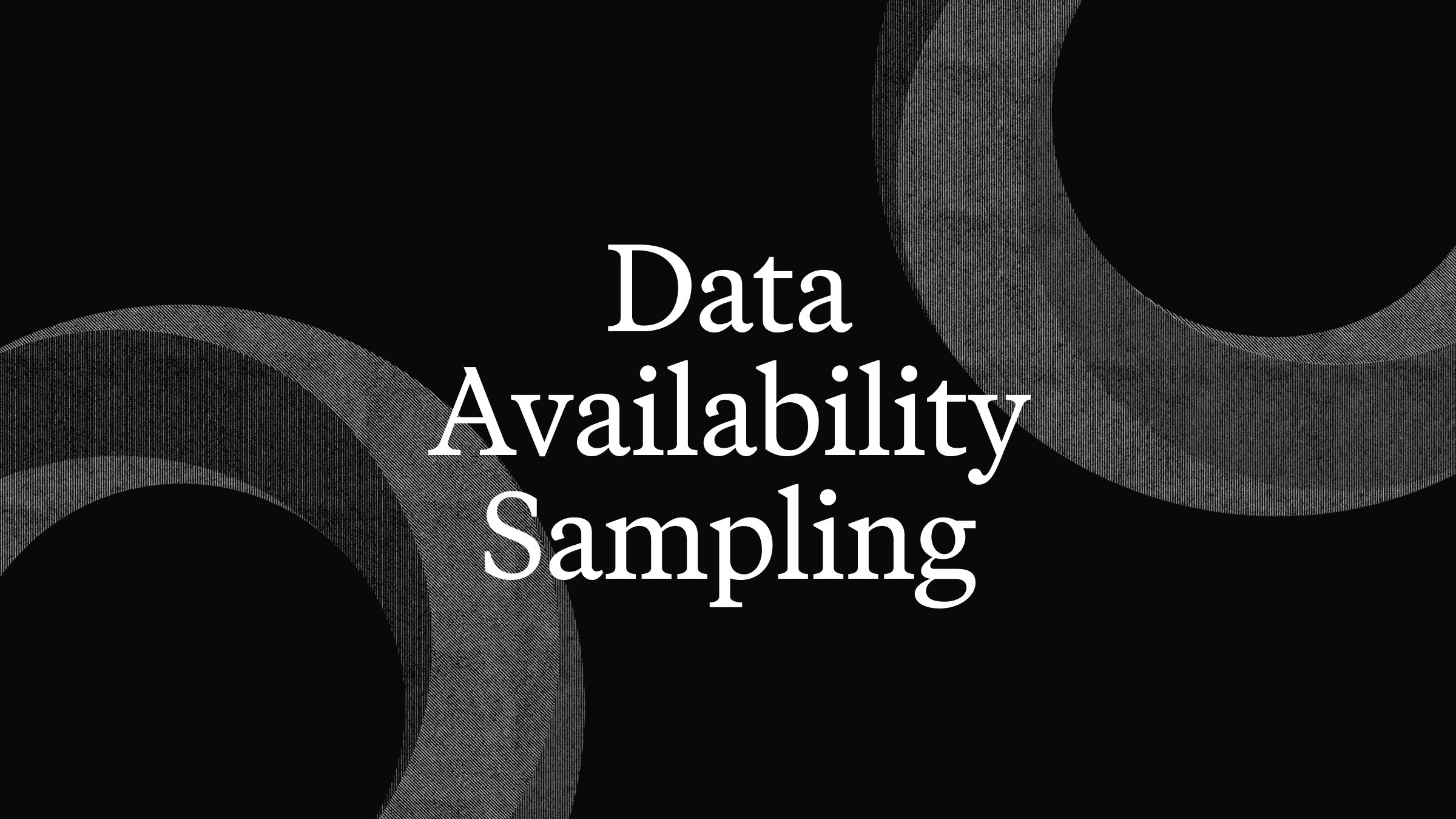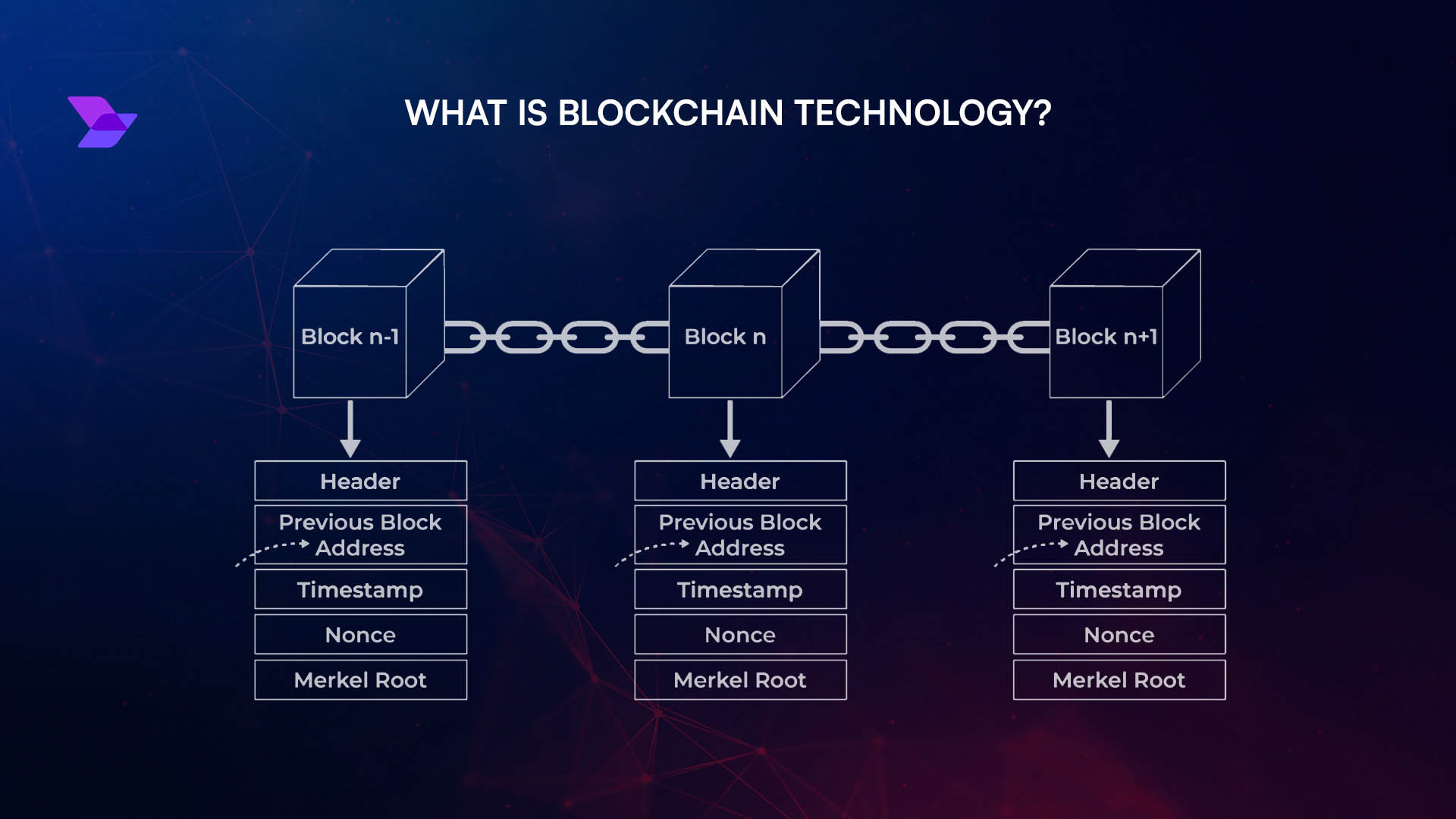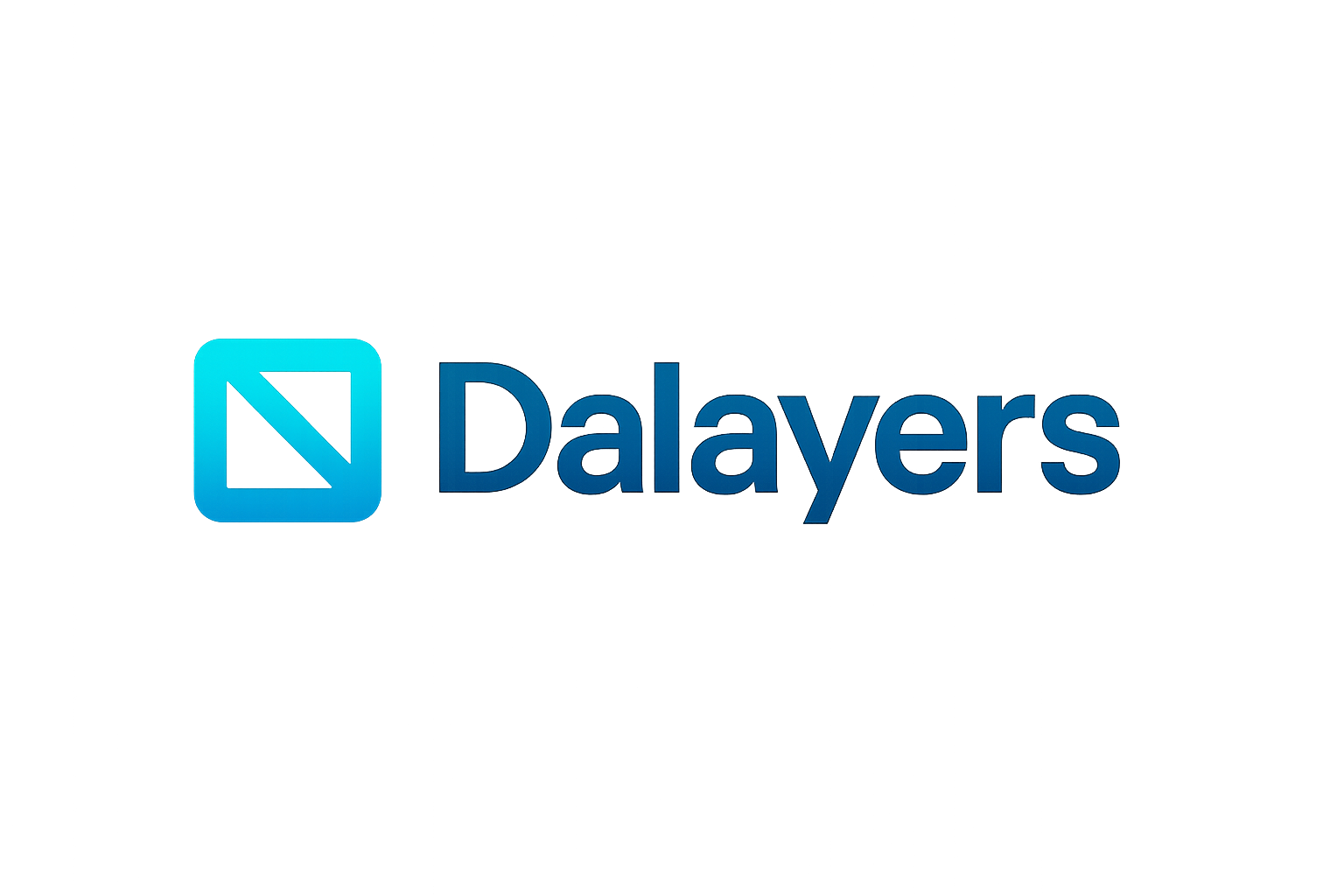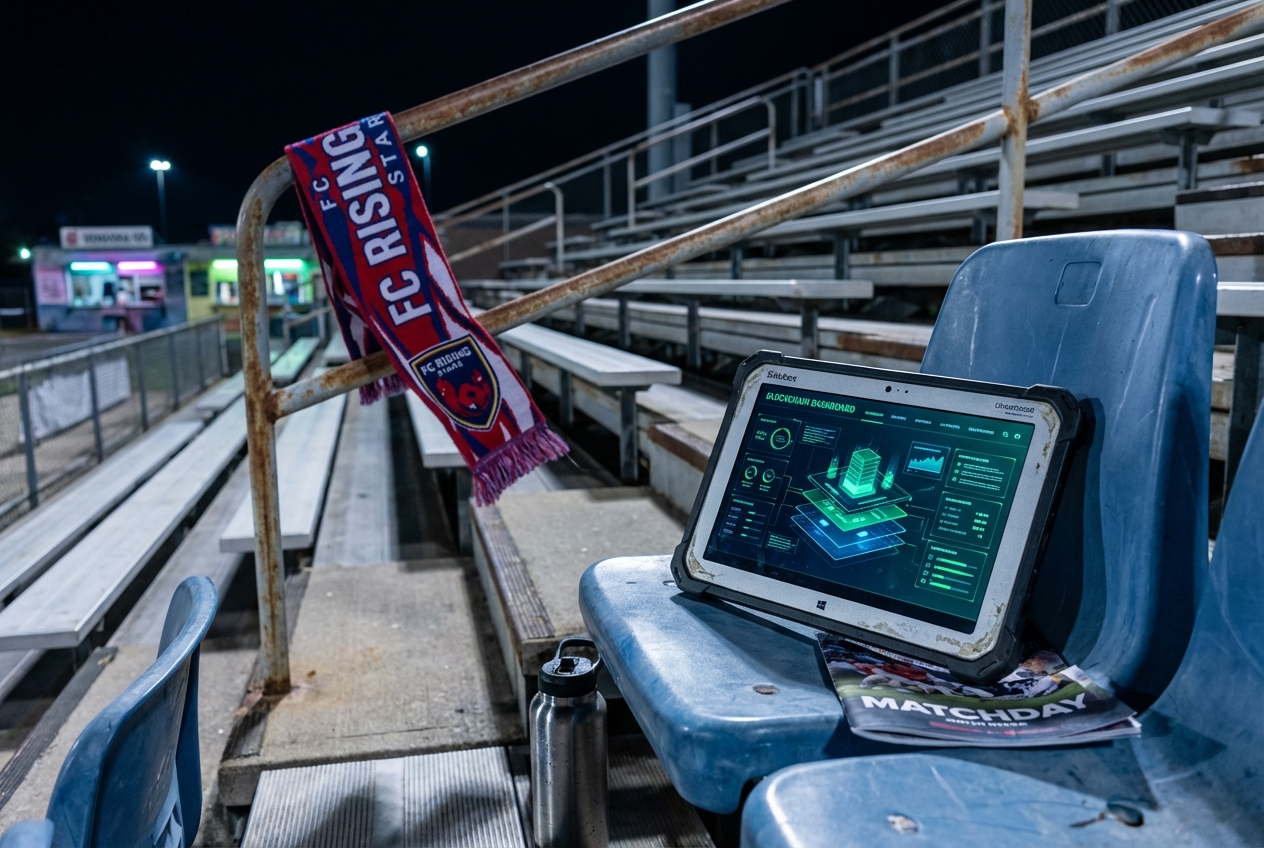
Lightweight blockchain clients are redefining what it means to participate in decentralized networks. No longer do users need powerful hardware or vast storage to verify the integrity of a blockchain. Thanks to data availability sampling (DAS), even smartphones and browser-based wallets can independently check whether the data behind each block is truly accessible. This shift is at the heart of the modular blockchain movement, where scalability, security, and accessibility converge.

Why Data Availability Matters in Modular Blockchains
In traditional blockchains, full nodes must download and validate every byte of data for each block. While this approach maximizes trustlessness, it also creates steep resource barriers for everyday users. Light clients have long been viewed as a practical alternative, but until recently they faced a central limitation: they could not guarantee that all transaction data for a block was actually available on the network.
This is where DAS blockchain architectures shine. By allowing light clients to sample small, random parts of each block’s data, DAS provides strong statistical guarantees that the entire dataset is present and accessible. If enough random samples are available and correct, users can be confident with high probability that no malicious actor is withholding data.
Top 3 Advantages of DAS for Lightweight Blockchain Clients
-

Efficient Data Verification: DAS enables light clients to verify data availability by sampling only small, random portions of each block, eliminating the need to download full blocks. This drastically reduces bandwidth and storage requirements, making participation feasible on resource-limited devices such as smartphones and browsers.
-

Enhanced Security and Trust: Through multiple rounds of random sampling, light clients can achieve high confidence (e.g., 99%) that block data is available. This process makes it highly probable to detect any data withholding attempts, providing security guarantees comparable to full nodes without requiring complete data downloads.
-

Network Scalability: DAS allows thousands of light clients to independently verify data availability, increasing the network’s resilience and scalability. As more clients participate, the collective assurance of data availability strengthens, supporting larger and more decentralized blockchain ecosystems.
How Data Availability Sampling Works Under the Hood
The magic behind DAS lies in its blend of cryptography and coding theory. Modern DA layers like Avail and Celestia use techniques such as erasure coding, specifically 2D Reed-Solomon codes, and validity proofs like KZG commitments to add redundancy and verifiability to block data (source). Here’s what happens step by step:
- Block producers encode transaction data, adding redundancy so that even if some parts are missing, the whole can still be reconstructed.
- The encoded data is split into many small shares. Each share can be sampled independently by light clients.
- Light clients randomly request a few shares from different peers. If all requested shares are available and valid, it’s extremely unlikely that any significant portion of the original block is missing.
- If any sampled share is unavailable or invalid, the client flags the block as unavailable, forcing consensus participants to reject it.
This process enables trust-minimized verification without requiring full downloads or centralized trust assumptions (Celestia DAS Glossary). The probability that an attacker can hide missing data from all samplers drops exponentially with each additional sample taken.
The Rise of Trust-Minimized Verification for All Devices
DAS isn’t just an incremental upgrade; it’s a paradigm shift for modular blockchain scalability. By lowering computational barriers, DAS unlocks secure participation for users on mobile devices or low-power hardware, a critical step towards mainstream adoption (Celestia MVP Release Blog). Developers benefit too: integrating with DA layers like Avail means faster time-to-market and less complexity around custom consensus or storage solutions.
The result? A new era where verifying chain integrity doesn’t require running a heavy full node. Instead, anyone can join with confidence, whether they’re staking tokens on their phone or deploying rollups atop robust DA infrastructure.
For projects building on top of modular blockchains, data availability sampling is more than a technical breakthrough, it’s a foundation for trust-minimized ecosystems. As DA layers like Avail and Celestia mature, we’re already seeing a wave of innovation in rollups, dApps, and cross-chain protocols that depend on these lightweight verification models.
Avail DA layer, for example, leverages KZG commitments and erasure-coded data to empower its light clients with nearly full-node security guarantees. This means developers can focus on application logic or rollup design without worrying about the underlying data layer’s trust assumptions (Avail DA overview). Meanwhile, end users gain the assurance that their transactions are secure and visible to the network, even if they’re accessing the chain from a browser extension or low-cost IoT device.
Real-World Impact: From Mobile Wallets to Sovereign Rollups
The practical implications of DAS are profound. Consider mobile wallets: previously limited to simple payment verification (SPV), these applications can now offer robust chain security and censorship resistance by sampling block data directly from the network. DAS also enables sovereign rollups, application-specific chains that inherit security from a shared DA layer, to operate efficiently without centralized sequencers or heavy infrastructure.
This democratization of verification isn’t just theoretical. Projects across the ecosystem are already experimenting with DAS blockchain designs to deliver seamless UX and strong guarantees for users everywhere.
Challenges and Future Directions
No technology is without trade-offs. For DAS to work reliably, block producers must encode data correctly, and networks need enough honest nodes to serve requested samples. There are ongoing research efforts around optimizing sample sizes, minimizing latency for real-time applications, and hardening peer-to-peer protocols against adversarial attacks.
Yet the momentum is undeniable: as more chains adopt modular architectures and specialized DA layers, we’ll likely see further improvements in efficiency and user experience. The ultimate goal? To make trust-minimized verification not just possible but effortless for every participant in the decentralized economy.
Why Data Availability Sampling Is Essential for Blockchain’s Next Wave
The promise of modular blockchain scalability relies on broad participation, across devices, geographies, and technical backgrounds. Data availability sampling is what makes this vision tangible. By letting anyone verify the integrity of a chain with minimal resources, DAS bridges the gap between decentralization ideals and real-world usability.
If you’re building or investing in next-generation blockchain solutions, understanding how DAS works, and why it matters, should be at the top of your list. The age of heavy full nodes as gatekeepers is fading fast; what comes next will be lighter, more inclusive, and fundamentally more resilient thanks to innovations like data availability sampling.






